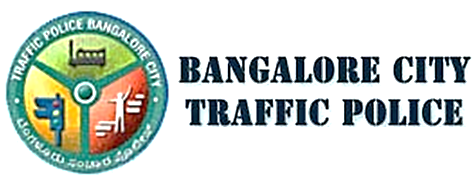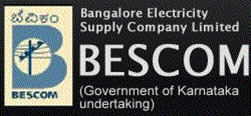HOT TOPICS
SPOTLIGHT AGENCIES
One convincing reason for us to use public transport and bicycles
Written By shas3n - 28 March, 2008
Bangalore cycling BRTS public transport

COMMENTS

narayan82 - 29 March, 2008 - 13:53

betashe - 29 March, 2008 - 14:21
I must congratulate you on the wonderful pics! They so eloquently tell the story of mismanagement of resources by the elite, whose sins of ommission and/or commission impact the lives of the majority.
However the time has long come to change that and not let the elite minority get away with such decisions. The common man is no less a stakeholder in the sustainability of his environment.
It is well-known that people's involvement is vital to effective public policy. But in our case we are getting more and more alienated...
We need to voice our opinions much more vociferously than before and try to take to task our elected representatives, especially at the local Municipal level.
It was this coordinated public voice that could make an elected Municpality toe the line in Mexico City and ban all motor vehicular traffic from the inner regions of the city, some years ago, in an effort to contain the traffic snarls.
Here, our leaders are too busy feathering their own nests, to even dream of saving the city and its people from the massive vehicular population...
Rather the RTO makes hay and traffic unleashes havoc on the streets...

tsubba - 30 March, 2008 - 00:33

blrsri - 30 March, 2008 - 02:44
Then we can do carpooling..for blr folks there was an interesting news article today..
http://www.indiaprwire.com/pressrelease/internet/200803288396.htm

murali772 - 29 March, 2008 - 13:50
Fantastic, Shaastriavare! I am broadcasting this to the world.
Muralidhar Rao
PRAJA.IN COMMENT GUIDELINES
Posting Guidelines apply for comments as well. No foul language, hate mongering or personal attacks. If criticizing third person or an authority, you must be fact based, as constructive as possible, and use gentle words. Avoid going off-topic no matter how nice your comment is. Moderators reserve the right to either edit or simply delete comments that don't meet these guidelines. If you are nice enough to realize you violated the guidelines, please save Moderators some time by editing and fixing yourself. Thanks!





